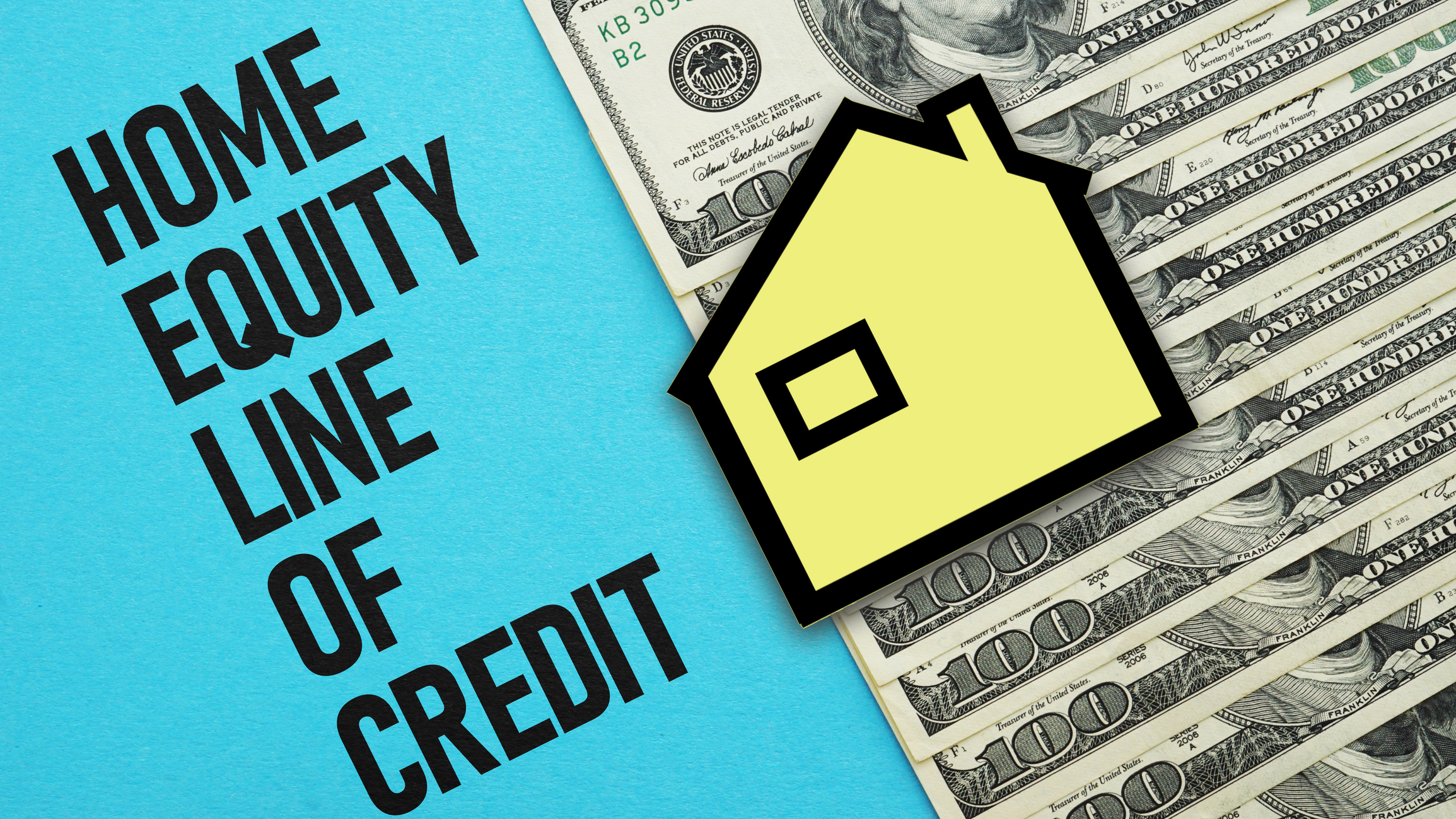To Tip or Not to Tip: Updated Guidelines
If you’re weary of widespread prompts to leave a gratuity, follow these guidelines for when it’s customary — and when you can skip it.


Feeling fed up with proliferating requests for tips? You’re far from alone.
Most Americans — 63% — have at least one negative view toward tipping, according to a survey earlier this year from Bankrate, up from 59% from the year before. And 41% of survey respondents said that tipping culture has gotten out of control.
Since the pandemic, electronic tipping prompts, presented on the payment-terminal screen at checkout, have become standard in some places where tips traditionally weren’t routine.
From just $107.88 $24.99 for Kiplinger Personal Finance
Become a smarter, better informed investor. Subscribe from just $107.88 $24.99, plus get up to 4 Special Issues

Sign up for Kiplinger’s Free Newsletters
Profit and prosper with the best of expert advice on investing, taxes, retirement, personal finance and more - straight to your e-mail.
Profit and prosper with the best of expert advice - straight to your e-mail.
Even a simple order for coffee or sandwiches at a food-service counter or a takeout meal from a restaurant commonly comes with a nudge for a tip as high as 30%. And lately, the requests have expanded further, popping up everywhere from clothing boutiques to automated car washes.
As these digital prompts creep into more service interactions, customers are experiencing tipping fatigue.
Compounding that fatigue are worries about the rising costs of goods and services, especially as President Trump’s tariff policies threaten to push up prices.
In a September University of Michigan survey gauging consumer sentiment, 44% of consumers said that high prices are eroding their personal finances. And inflation and tariffs are the top two concerns for U.S. consumers, according to an August survey by consulting firm McKinsey & Co.
When businesses were struggling during the pandemic, “there was a wonderful spirit of ‘let’s give more when we can.’ But as we’ve moved out of the pandemic and pocketbooks have been really pinched, a lot of people are being a little bit more discretionary about their tipping,” says Lizzie Post, coauthor of Emily Post’s Etiquette, The Centennial Edition, and the great-great-granddaughter of manners maven Emily Post.
Set your strategy
Though you may feel obligated to tip when a cashier spins around a screen with a prompt, etiquette experts say it’s okay to opt out.
You can view electronic tipping prompts as today’s version of a tip jar, says Diane Gottsman, etiquette expert and founder of The Protocol School of Texas, which specializes in corporate etiquette training.
“Whether you choose to tip or not is up to you, and you don’t have to. You should not feel pressured to tip when you’re standing at a counter.” If you want to leave a tip, consider offering $1 to $2.
But in some settings, tips are non-negotiable. The number one situation where you should never skip a tip, says Post, is a sit-down restaurant, where tips may cover the bulk of your server’s wages.
Regardless of how you feel about the service or the size of your bill, you should leave a gratuity of at least 15% to 20% of the pretax total. (If you had an issue with the service, bring up your complaint with the manager.)
You should tip when you use delivery and ride-share services, too. If you have groceries or a takeout meal delivered to your doorstep, etiquette experts say you should tip a minimum of $5.
And if you’re using a taxi or a service such as Uber or Lyft, tip 15% to 20%. These providers typically pay for their own gas and have other costs that a delivery fee or ride fee does not cover.
Similarly, tipping is customary in most travel and hospitality settings. If you receive daily housekeeping services at a hotel or other lodging, you should leave the staff a cash tip — about $5 a day is typical — in your room.
For anyone who carries or lifts something for you, such as a bellhop or a doorman, you should tip by the item; $2 for the first bag and $1 for each additional bag is standard.
For additional services, such as delivering your personal items to your room, a tip of $2 to $3 is appropriate.
A key to making sure you tip appropriately is to budget and prepare for it. For example, you can multiply the prices on a restaurant menu by 1.2 for a better idea of what you’ll actually pay. And it’s smart to always carry some cash, especially when traveling, says Gottsman.
Make sure you have small bills before going on a trip. Consider tipping with cash rather than your credit card at restaurants, because businesses often deduct credit card processing fees from workers’ tips, says Saru Jayaraman, director of the Food Labor Research Center at the University of California, Berkeley.
Make a plan for holiday tipping
The holiday season is traditionally a time to thank the service providers who help you throughout the year with a tip. You should prioritize those with whom you have a personal relationship, such as housecleaners, caregivers or other people who regularly work in and around your home. (Avoid giving cash to professionals such as your doctor, accountant or attorney.)
Before you begin doling out the dollars, be sure to budget accordingly. And always include a personal note or thank-you card, says Post.
Consider these recommendations for some common providers.
Housekeeper, nanny, dog walker and home nurse: Up to one week’s pay
Regular hairstylist, manicurist and trainer: Up to the cost of one session
Building doorperson and superintendent: $20 to $100 (amounts will vary depending on the level of service, your location and your budget)
Trash and recycling collectors: $10 to $30
Mail carrier: U.S. Postal Service employees may accept non-cash gifts of up to $20 in value (retail or restaurant gift cards are permitted, but cash equivalents, such as Visa or Mastercard gift cards, are prohibited).
Package deliverers: Delivery services such as FedEx and UPS often discourage or don't allow workers to accept cash or gift cards. Consider leaving a small care package with snacks or seasonal items, such as hand warmers.
Note: This item first appeared in Kiplinger Personal Finance Magazine, a monthly, trustworthy source of advice and guidance. Subscribe to help you make more money and keep more of the money you make here.
Related Content
Profit and prosper with the best of Kiplinger's advice on investing, taxes, retirement, personal finance and much more. Delivered daily. Enter your email in the box and click Sign Me Up.

Emma Patch joined Kiplinger in 2020. She previously interned for Kiplinger's Retirement Report and before that, for a boutique investment firm in New York City. She served as editor-at-large and features editor for Middlebury College's student newspaper, The Campus. She specializes in travel, student debt and a number of other personal finance topics. Born in London, Emma grew up in Connecticut and now lives in Washington, D.C.
-
 I'm retired with $2.2 million saved and work 2 retail shifts a week for fun. My young colleague just got her hours cut, and I don't need the money. Should I quit so she can have my shifts?
I'm retired with $2.2 million saved and work 2 retail shifts a week for fun. My young colleague just got her hours cut, and I don't need the money. Should I quit so she can have my shifts?We asked certified financial planners for advice.
-
 Could an Annuity Be Your Retirement Safety Net?
Could an Annuity Be Your Retirement Safety Net?More people are considering annuities to achieve tax-deferred growth and guaranteed income, but deciding if they are right for you depends on these key factors.
-
 Older Taxpayers: Don't Miss This Hefty (Temporary) Tax Break
Older Taxpayers: Don't Miss This Hefty (Temporary) Tax BreakIf you're age 65 or older, you can claim a "bonus" tax deduction of up to $6,000 through 2028 that can be stacked on top of other deductions.
-
 CD vs. Money Market: Where to Put Your Year-End Bonus Now
CD vs. Money Market: Where to Put Your Year-End Bonus NowFalling interest rates have savers wondering where to park cash. Here's how much $10,000 earns in today's best CDs versus leading money market accounts.
-
 Meet the World's Unluckiest — Not to Mention Entitled — Porch Pirate
Meet the World's Unluckiest — Not to Mention Entitled — Porch PirateThis teen swiped a booby-trapped package that showered him with glitter, and then he hurt his wrist while fleeing. This is why no lawyer will represent him.
-
 Smart Business: How Community Engagement Can Help Fuel Growth
Smart Business: How Community Engagement Can Help Fuel GrowthAs a financial professional, you can strengthen your brand while making a difference in your community. See how these pros turned community spirit into growth.
-
 Smart Money Moves Savers Should Make in 2026
Smart Money Moves Savers Should Make in 2026These steps will get you on the road to achieving your 2026 savings goals.
-
 How Much Would a $50,000 HELOC Cost Per Month?
How Much Would a $50,000 HELOC Cost Per Month?Thinking about tapping your home’s equity? Here’s what a $50,000 HELOC might cost you each month based on current rates.
-
 My First $1 Million: Self-Employed Trader, 50, San Francisco
My First $1 Million: Self-Employed Trader, 50, San FranciscoEver wonder how someone who's made a million dollars or more did it? Kiplinger's My First $1 Million series uncovers the answers.
-
 Waiting for Retirement to Give to Charity? Here Are 3 Reasons to Do It Now, From a Financial Planner
Waiting for Retirement to Give to Charity? Here Are 3 Reasons to Do It Now, From a Financial PlannerYou could wait until retirement, but making charitable giving part of your financial plan now could be far more beneficial for you and the causes you support.
-
 Are You Ghosting Your Finances? What to Do About Your Money Stress
Are You Ghosting Your Finances? What to Do About Your Money StressAvoidance can make things worse. You can change your habits by starting small, talking with a family member or friend and being consistent and persistent.